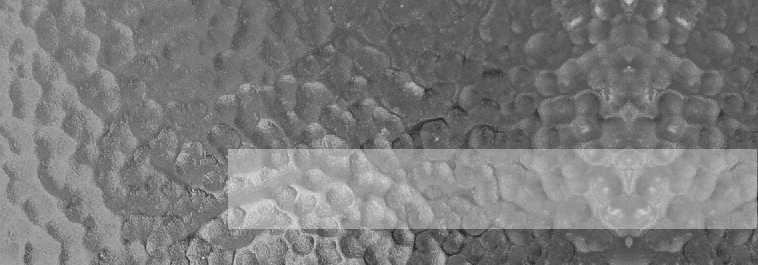| |
Feldspar is the most common rock-forming mineral (about 60% of the earth's crust).
The mineral name feldspar is derived from the German words feld + spar; The word “feld” is "field" in German and "spar".is a term for light colored minerals that break with a smooth surface. Feldspar minerals are usually white or very light in color, have a hardness of 6 on the Mohs, scale of Hardness and perfect to good cleavage (plane of break age) in two directions.
Feldspar occurs in igneous, metamorphic and sedimentary rocks. lt is more commonly found in igneous and metamorphic rocks. Feldspar weathers to kaolin which is the main clay mineral used in ceramics and fine pottery.
Most deposits offer sodium feldspar as well as potassium feldspar and mixed feldspars. Feldspars are primarily used in industrial applications for their alumina and alkali content. The term feldspar encompasses a whole range of materials. Most of the products we use on a daily basis are made with feldspar: glass for drinking, glass for protection, fiberglass for insulation, the floor tiles and shower basins in our bathrooms, and the tableware from which we eat. Feldspar is part of our daily life.
Feldspar minerals are essential components in igneous, metamorphic and sedimentary rocks, to such an extent that the classification of a number of rocks is based upon feldspar content. The mineralogical composition of most feldspars can be expressed in terms of the ternary system Orthoclase (KAlSi3O8), Albite (NaAlSi3O8) and Anorthite (CaAl2Si2O8). Chemically, the feldspars are silicates of aluminium, containing sodium, potassium, iron, calcium, or barium or combinations of these elements.
The minerals of which the composition is comprised between Albite and Anorthite are known as the plagioclase feldspars, while those comprised between Albite and Orthoclase are called the alkali feldspars due to the presence of alkali metals sodium and potassium. The alkali feldspars are of particular interest in terms of industrial use of feldspars. Amongst the numerous rocks in which they are present, feldspars are particularly abundant in igneous rocks like granite, which contains up to 50% or 70% of alkaline feldspar.
Granite, however, rarely is used for its feldspatic content. Rather, a whole range of rocks geologically connected to granite is used. Most often, commercial feldspar is mined from pegmatite or feldspathic sand deposits. Aplite, which is a fine-grained igneous rock with the same mineralogical composition as granite, also is mined frequently for its feldspar content.
Basically, the two properties which make feldspars useful for downstream industries are their alkali and alumina content. On those elements we can distinguish three families: Feldspathic sand, Pegmatite and Feldspar. A further distinction can be made between sodium, potassium and mixed feldspars, depending on the type of alkali they contain. Feldspars play an important role as fluxing agents in ceramics and glass applications, and also are used as functional fillers in the paint, plastic, rubber and adhesive industries.
Glass: Feldspar is an important ingredient in the manufacture of glass and an important raw material as well, because it acts as a fluxing agent, reducing the melting temperature of quartz and helping to control the viscosity of glass. The alkali content in feldspar acts as flux, lowering the glass batch melting temperature and thus reducing production costs.
Ceramics: In the manufacture of ceramics, feldspar is the second most important ingredient after clay. Feldspar does not have a strict melting point, since it melts gradually over a range of temperatures. This greatly facilitates the melting of quartz and clays and, through appropriate mixing, allows modulations of this important step of ceramic making. Feldspars are used as fluxing agents to form a glassy phase at low temperatures and as a source of alkalies and alumina in glazes. They improve the strength, toughness, and durability of the ceramic body, and cement the crystalline phase of other ingredients, softening, melting and wetting other batch constituents.
Fillers: Feldspars also are used as fillers and extenders in applications such as paints, plastics and rubber. Beneficial properties of feldspars include good dispersability, high chemical inertness, stable pH, high resistance to abrasion, low viscosity at high filler loading, interesting refractive index and resistance to frosting. The products used in such applications are generally fine-milled grades.
Enamel frits and glazes: Feldspar assists the enamel composition, assuring the absence of defects and the neatness of the end product: e.g. enamel frits, ceramic glazes, ceramic tile glazes, sanitaryware, tableware, electrical porcelain and giftware.
And many other end-uses: paint, mild abrasives, urethane, welding electrodes (production of steel), latex foam, the welding of rod coating, and road aggregate. |
|
